Early Data Shared by Cleveland Clinic Florida

By Gregory J. Gilot, MD
Cleveland Clinic is a non-profit academic medical center. Advertising on our site helps support our mission. We do not endorse non-Cleveland Clinic products or services. Policy
Despite improved understanding of rotator cuff (RTC) tears, repair of these tears continues to be plagued by unsatisfactory postoperative healing rates and undesirable revision rates. There is a clear need for strategies that augment the repair by mechanically reinforcing it while also promoting the tendon’s natural healing potential.
The search for such strategies centers increasingly on RTC repair augmentation with biological scaffold materials composed of extracellular matrix (ECM), and Cleveland Clinic Florida is playing a lead role. We have developed an all-arthroscopic technique for placement of an ECM dermal allograft and are generating some of the first clinical data on the use of such a technique.
Shoulder surgeons traditionally perform augmentation through a formal open or arthroscopically assisted miniopen approach. In contrast, our technique is completely arthroscopic, offering the advantages of a minimally invasive approach. We perform the RTC repair in a standard arthroscopic fashion using the double-row technique, but we also arthroscopically incorporate the ECM graft into the repair for reinforcement (Figure 1).
Briefly, the untied limbs of the medial anchor sutures are passed through the medial edge of the graft, and the innermost mattress sutures are tied using a sliding-locking knot. The graft is advanced into the clear cannula, and the knot is advanced onto the cuff and tuberosity. Remaining sutures are tied in a load-sharing fashion, after which a limb of each tied suture is passed through a lateral row anchor. A suture bridge technique secures the graft-incorporated repair through the lateral edge of the graft with adequate tension.
The goal is to strengthen and evenly distribute the biomechanical load across the repair site (Figure 2), ensuring that the native tendon does not carry all the rupture risk during the healing process. Additionally, the graft is believed to enhance healing by addressing many of the challenges of RTC repair, including poor-quality tissue (especially in a revision setting), large defect size and high tension where the tendons join the bone.

Figure 1. The extracellular matrix (ECM) graft is trimmed to appropriate size (left), incorporated into the suture repair (middle) and deployed arthroscopically (right).

Figure 2. A completed arthroscopic repair with an ECM scaffold graft from a lateral viewing portal.
Our technique’s potential is supported by initial biomechanical findings in cadavers as well as results from a retrospective case-control series.
Our biomechanical study involved repair of RTC tears in 11 matched pairs of cadaveric shoulders free of soft tissue. Both shoulders in each matched pair underwent RTC repair with the same technique, either with or without human dermal allograft augmentation. We found that graft-augmented RTC repair yielded a 29 percent greater mean load to failure and reduced gap formation by 21 percent compared with unaugmented RTC repair (Table 1). Although the repairs were done in an open fashion without overlying soft tissue, the technique used is identical to the arthroscopic technique we use in vivo. Our results, which have been submitted for publication, suggest that human dermal allograft is able to provide load-sharing to protect the repair site during early healing.
These findings prompted in vivo assessment of our technique in a case-control study of 40 patients undergoing arthroscopic repair of large to massive RTC tears by standard methods alone (n = 20) or with ECM graft augmentation (n = 20). The primary outcome measure was the incidence of a re-tear of the RTC as assessed by ultrasound 12 months after repair. Secondary measures were patient satisfaction according to four validated shoulder surveys and ultrasound-defined maximal thickness of the supraspinatus 1 cm proximal to the most distal aspect of its footprint on the greater tuberosity.
As detailed in Table 1, the rate of re-tears at 12 months was two-thirds lower in the augmentation group than in the control group, and satisfaction rates and supraspinatus thickness favored the augmentation group as well. Study results are now being prepared for manuscript submission.
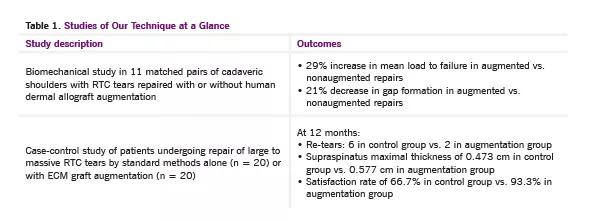
While these clinical data are encouraging and our biomechanical findings support the theory behind our technique, further substantiation of our arthroscopic approach to RTC repair remains to be done. We are planning a randomized controlled trial that will build on these cadaveric and retrospective in vivo findings with a prospective comparison of augmented and nonaugmented arthroscopic repairs in a larger number of patients.
We likewise plan to further refine our technique to make it more user-friendly and to refine preparation of the graft as well. Further innovation is likely to come in the form of more integrated graft products from industry, such as one in which the suture holes are prepared, streamlining graft use. Such innovations will serve to reinforce augmentation as a standard approach for complex RTC repairs.
Our group has accumulated some observations that may help guide adoption of this innovative approach to RTC repair augmentation if its early promise ultimately pans out:
As Dr. Gilot further refines his scaffold-based augmentation technique in Florida, his colleagues at Cleveland Clinic’s main campus have been developing novel fiberreinforced extracellular matrix (ECM) scaffolds for musculoskeletal soft tissue repair.
A Cleveland Clinic team led by Kathleen Derwin, PhD, saw its patent-pending design for a reinforced allograft fascia lata patch receive 510(k) clearance from the FDA in November 2012. The patch was approved for use in reinforcing soft tissues repaired by sutures or suture anchors during tendon repair surgery, including reinforcement of rotator cuff, patellar, Achilles, biceps and other tendons.
Use of fascia lata gives the patch structural and biochemical properties similar to those of tendons and distinct from other ECM-derived scaffolds, explains Dr. Derwin, of the Departments of Orthopaedic Surgery and Biomedical Engineering. “However, native fascia lata has poor sutureretention properties, which limits its usefulness as a tendon-like scaffold for rotator cuff repair augmentation,” she says. “We reinforced fascia ECM with PLLA polymer braids to engineer the suture-retention properties of fascia to meet the needs of musculoskeletal applications.”
The Derwin lab has published studies showing that:
“These studies demonstrate the potential for a reinforced fascia patch to provide mechanical augmentation, minimize tendon retraction and possibly reduce the incidence of rotator cuff repair failure,” notes Dr. Derwin.
Her lab is now seeking funding for a first-in-human study of the patch.
Dr. Gilot is Chairman of the Department of Orthopaedic Surgery and Director of the Orthopaedic and Rheumatologic Center at Cleveland Clinic Florida. He specializes in adult reconstructive shoulder surgery and sports medicine. He can be reached at 954.659.5430 or gilotg@ccf.org.
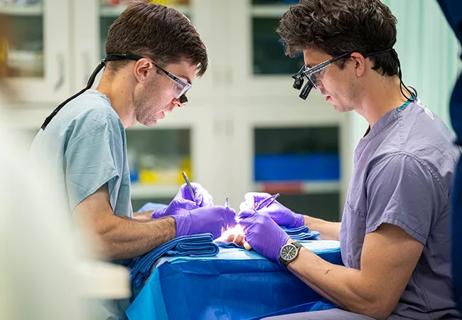
Cleveland Clinic specialists offer annual refresher on upper extremity fundamentals
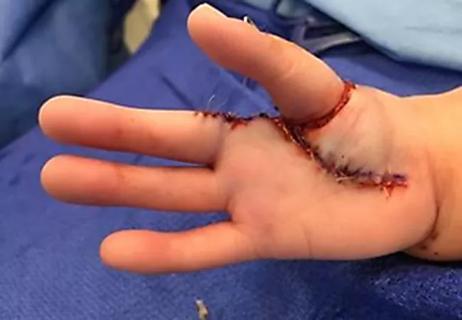
Latest concepts in the surgical creation of functional, opposable thumbs in early childhood

CT imaging using radiopaque markers can help assess healing after surgery
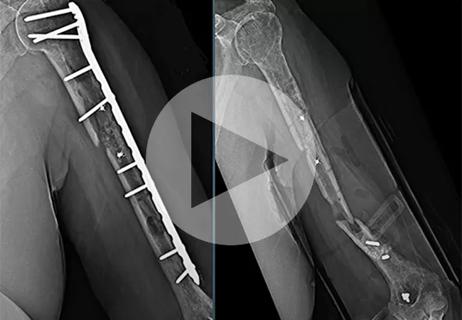
Finally, a solution after multiple revision surgeries for delayed bone healing, loose hardware and unrelenting infection
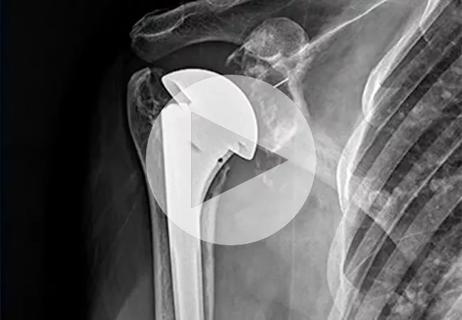
Iliac crest structural autograft repairs large, uncontained defect

Two cases show multiple factors to consider

Orthopaedic oncologist discusses the complex case
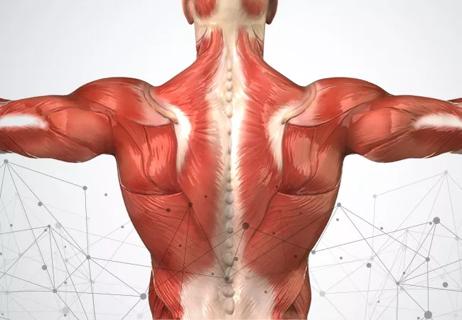
Data system aims to improve orthopaedic care and drive down healthcare costs